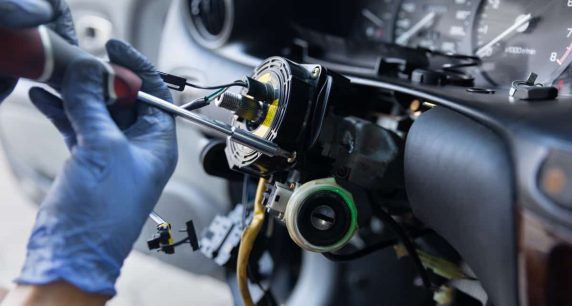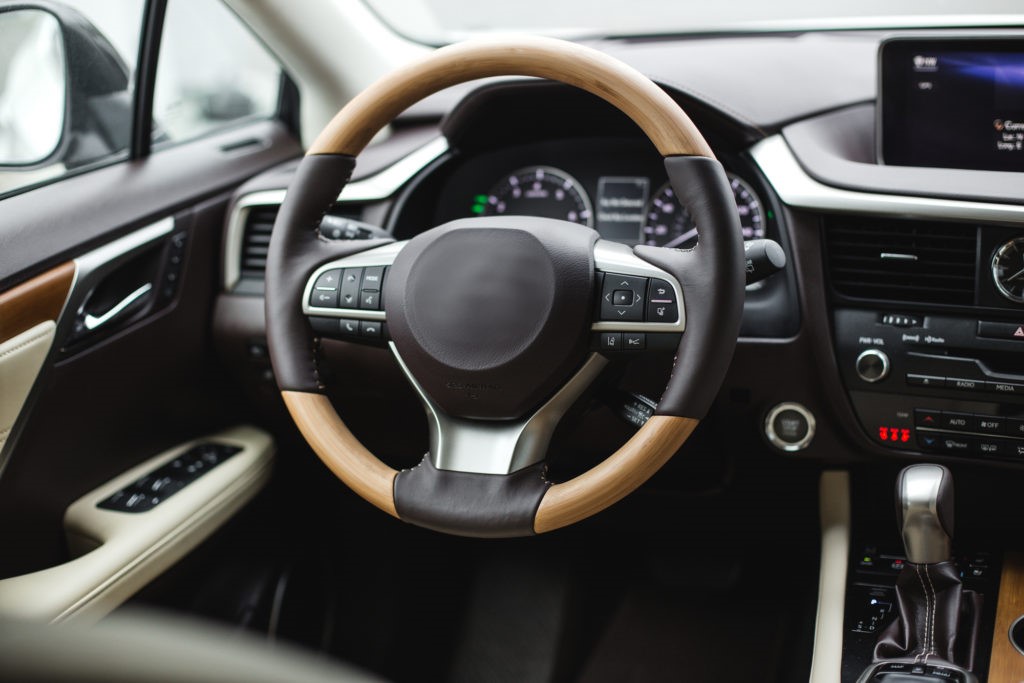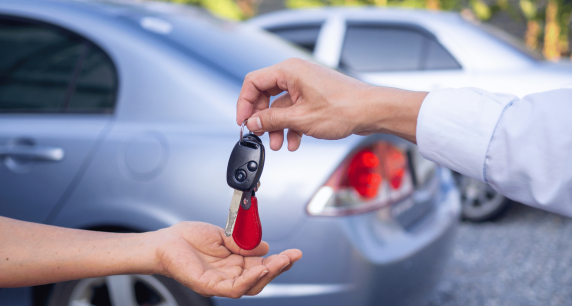The Clock Spring: Everything You Need to Know About This Accessory

There’s a lot of valuable information about how clock springs impact a car’s ability to perform, and people often overlook these devices. In the sections below, we’ll cover the purpose of clock springs along with different causes and symptoms of bad clock springs.

WHAT IS A CLOCK SPRING?
In any car, clock springs play an important role in making multiple systems function correctly, such as cruise control, traction control systems, the horn, and more.
Without a clock spring, many of the systems in a car would fail to work in tandem as they usually do, and this alone is reason enough not to overlook the importance of this accessory.
OTHER NAMES FOR CLOCK SPRING
Some refer to a clock spring as a coil spring unit, clock spring coil, spiral cable, contact reel, coil assembly, and cable reel assembly. If you ever come across these alternate names, know that they all refer to the same device.
WHERE IS IT LOCATED IN A CAR?
The clock spring is between the steering wheel and the steering column. If you ever remove your steering wheel, you will see a circular object that is usually black or yellow. That is the clock spring, and it will always have wires running from it into the steering column.
CLOCK SPRING DIAGRAM
Airbag Clock Spring:
The clock spring is simply a coil that retracts and expands inside its housing as the steering wheel turns. Its function is to maintain electrical continuity for all the components on the driver’s airbag. The components include the airbag, horn, and any vehicle controls such as radio, cruise, heat and even telephone on some vehicles.

Airbag Clock Spring Types:
The clock spring only needs to be replaced when the connectors that attach to the steering wheel airbag is melted and fused directly to the cylinder. During a deployment the gas conversion creates a heat exchange inside the cylinder and that causes some connectors to melt.

HOW DOES A CLOCK SPRING WORK?
A clock spring has connectors that link the steering wheel to the rest of the vehicle’s system. Along with the horn, every steering wheel has numerous buttons on it. Sometimes these buttons are on the sides of the steering wheel, and other times, they are on the front.
Generally, they control the cruise control, radio volume, and numerous other functions. The clock spring allows them to connect to the rest of the vehicle. Every clock spring comes with multiple connectors that connect to these buttons, as well as the horn and the airbag, and conductors on the inside of the clock spring allow it to rotate and transmit power.
The clock spring will no longer work if the conductors ever break.
CLOCK SPRING PURPOSE
Here are a few different purposes that a clock spring serves.
- Safely Connect Cables Between the Steering Wheel and Steering Column
Because the cables for the cruise control, airbag system, horn, and other functions are often found on a steering wheel, something has to connect those cables from the steering column to the steering wheel. If you were to connect the cables directly to the steering wheel, those cables would break every time the steering wheel turns,
Having the cables connected to the steering wheel through the clock spring allows the steering wheel to turn without causing damage to the wires.
- Enables The Horn to Function
You should never drive without certain things, and a working horn is one of them. Because the clock spring is responsible for transmitting signals from the steering wheel buttons to the car’s computer, it is the part that allows you to beep the horn.
- Enables the Airbag
While the horn is one of the essential parts of any vehicle for safety reasons, the airbag is equally essential, and a clock spring allows an airbag to deploy. Because the clock spring transmits signals from the steering wheel to the car computer, if it ever breaks, the computer will not know to deploy the airbag when the situation calls for it.
- Allows the Steering Wheel to Turn Smoothly
A clock spring does not directly affect the actual turning of a steering wheel to a serious degree, but it does still play a factor. If a clock spring is going bad or breaks, you will sometimes experience a rubbing or clicking sound when you turn the steering wheel. In rare cases, turning the steering wheel may not feel as smooth as it should if the clock spring breaks.
- Sends Signal to the Throttle Position Sensor
The throttle position sensor is responsible for maintaining the appropriate amount of airflow to the engine’s intake manifold by checking the throttle valve. A clock spring plays a role in this process, and if it goes bad, there is a chance that it will send electrical spikes to the throttle position sensor and cause problems.



